Vascular: having the form of tubular vessels; consisting of continuous tubes of simple membranes.
In my garden, sunlight illuminates these green tubes of the squash plant.
During the Silurian Period of earth’s evolution (443-418 million years ago, MYA), the first vascular, upright-growing land plants started to green the landscape and, in the process, grab carbon out of the air to build themselves. It took another 50 million years for these tubular stems to grow in strength to create the first tree like plants of 2-3 meters tall (390 MYA). The first forests (360 MYA) didn’t appear until the Devonian Period (418-354 MYA).
[As an fascinating aside, other than when the green producing chlorophyll got depleted and allowed other coloured pigments to exhibit a bit of yellow, brown or red, it took another whopping 235 million years for the flamboyance of flower power to arrive on the scene during Cretaceous Period. Then, finally, those ever-green vascular plants and woody trees decided to adorn themselves with a bit of colour for a bit of pro-creative pizazz and dance with pollen stealing, symbiotic insects. This was 125 million years ago. Talk about slow.]
To get back to the subject on hand — carbon — in between the Devonian and Cretaceous periods, besides the dinosaurs munching on everything green in the Triassic (252-200 MYA) and Jurassic (200-142 MYA) periods, there was the earlier Carboniferous Period (354-290 MYA) where vast tropical forests laid down vast depositions of coal-bearing shales. This was never to be repeated again.
I say “never to be repeated again” because, until the end of the Carboniferous Period, there just weren’t decomposer fungi to compost the fallen trees before they turned into coal. Today, when a tree falls in the forest, fungi gets to it first before there is a chance for the tree to become coal, but not then. Amazing? Yes.
[Another fascinating aside is this: We know that our present day climate is warming due to (among other things) an increased carbon dioxide (CO2) presence in the atmosphere. However, during the late Carboniferous Period so much carbon had been locked up in the making of coal that “too much” was taken out of the atmosphere and the earth’s average temperature dropped to 10 degrees C as opposed to 20 degrees C during the early Carboniferous and 15 degrees C today.]
Now, however, it behoves us to reduce the amount of carbon dioxide going into the atmosphere and to live out our personal lives as close to carbon neutral as possible.
By going on-line one can easily work out their yearly carbon footprint. The above photo shows around 16 tons of firewood being stacked this past week in and outside the wood shed equating to a year and a half’s supply of home heat. When I also factor in my use of a car, household purchases, gas hot water and fridge, food, and even a round-the-world flight, my yearly carbon footprint is 12 metric tons of CO2 per year.
With a deep bow, and a smug smile, I will admit to being even better than “carbon neutral”.
Why? Because I sequester away more carbon than I consume.
Seen through a telephoto lens from a neighbour’s porch 2 kilometers away, is a tree circle with a 140 foot diameter that was planted out 14 years ago with around 1,000 she-oak trees. These trees — along with the “other” 7,000 trees and shrubs planted over the past 20 years — are allowing me to build up a hugh reserve of carbon credits.
How? Assuming the average of each tree is 100 kilos, there is now 800 metric tons of wood growing. This equates to around 60 metric tons of CO2 currently sequestered.
As my carbon footprint is only 12 metric tons of CO2 per year, I’m well ahead of the game. With each passing year, as the trees grow even more, and, as more trees get planted, I just might consider a trip overseas to Cuba and not be too bothered about either the carbon footprint the jet trails leave behind nor the smoke from my big, fat cigar while listening to the Buena Vista Social Club.
Then again, I think I’ll just hang out here at Windgrove and stack up so much carbon credit in the years to come that I’ll wipe clean the debt on the carbon credit card given to me at birth. A credit card that is certainly, as a westerner, still well over the limit.
It’s a good feeling knowing that when my friends sequester my body in the dirt, my final carbon tally will be a healthy one for all concerned.
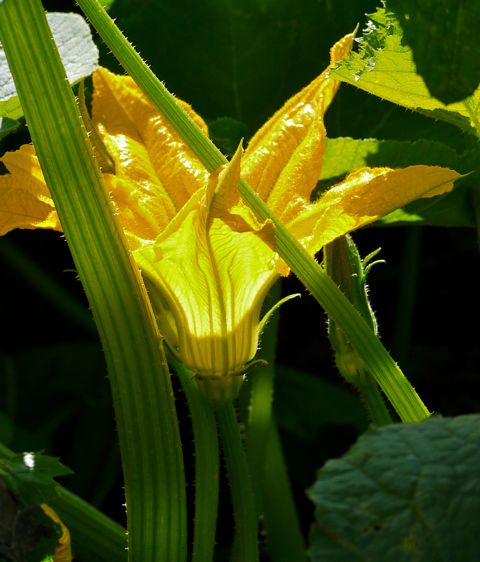
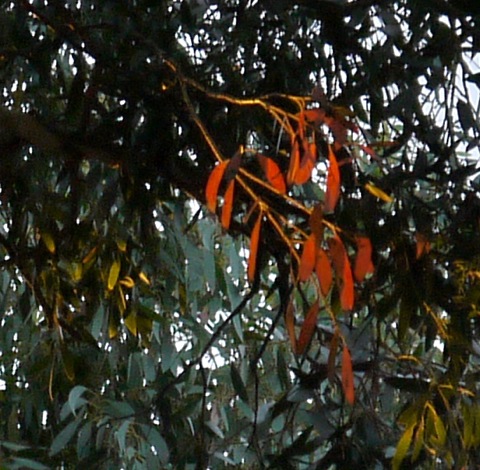

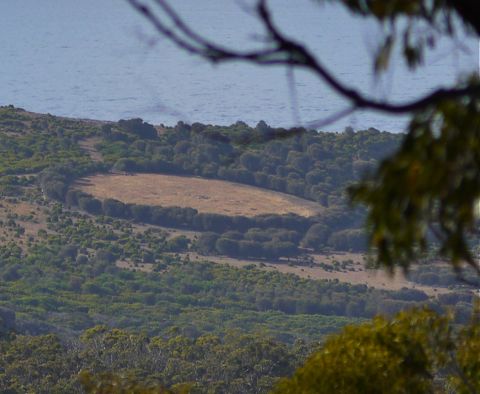
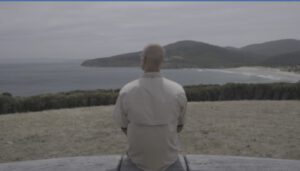
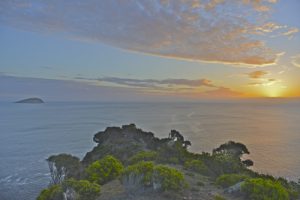
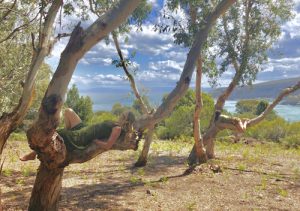
You must be logged in to post a comment.